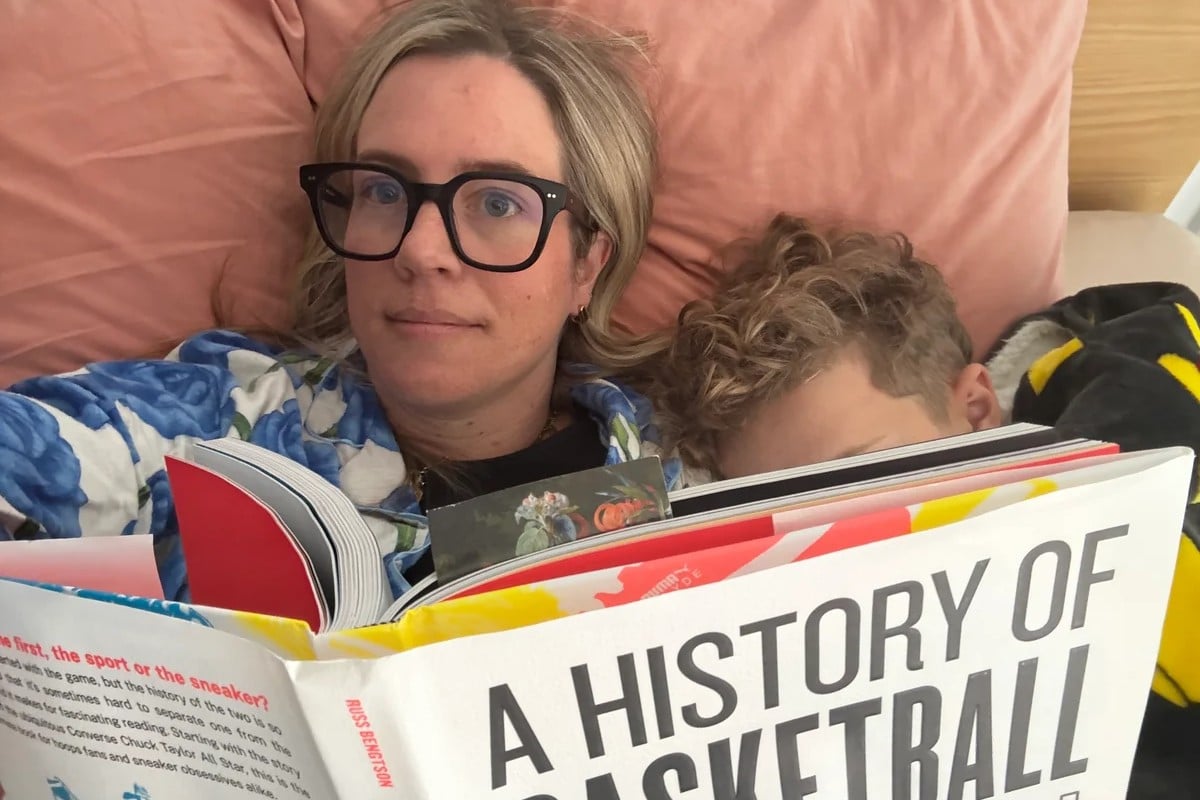The Changing Landscape of Reading Aloud to Children
Life today is a whirlwind of responsibilities, and for many parents, finding time to read to their children has become increasingly challenging. I remember the days when I was on maternity leave, spending hours each day reading to my babies. Back then, time felt more abundant, and reading was a cherished part of our daily routine. Now, as my children grow older and more independent, the time we have together is more precious than ever.
New research highlights a worrying trend: fewer parents are reading aloud to their children than ever before. This shift is not surprising given the demands of modern life. With work, school, extracurricular activities, and household chores, it’s easy to see how reading can fall by the wayside.
For example, on Thursday nights, our family often has multiple commitments, from sports training to after-school activities. By the time everyone is fed and ready for bed, it’s already 8:30 pm. At that point, the last thing on my mind is picking up a book. Instead, I’m more likely to reach for my phone and scroll through social media. It’s not that I don’t want to read; it’s just that I’m exhausted, and sometimes, the simplest choice is to switch off and rest.
The data supports this sentiment. Research shows that less than half of children under four are read to frequently, and fewer than half of parents with children under 13 find reading aloud to be fun. In New South Wales and Victoria, 30% and 22% of parents respectively say they’re too busy to make time for reading. Additionally, over half of parents report that their children get easily distracted when trying to learn to read.
Parent educator Gen Muir explains that modern parents are stretched thin in every way. “We are working harder than ever, facing financial pressures, and parenting in ways that previous generations didn’t,” she says. “We’re teaching kids to name feelings and set boundaries, but we also have to fit in reading. Sometimes, something has to give.”
Despite these challenges, many parents still find ways to connect with their children through reading. Some read daily as part of a bedtime routine, while others read a few times a week. A few admit they no longer read to their kids, citing reasons such as their children having their own devices or the difficulty of managing hyperactive behavior.
One parent, Priya, shared that her children now use kindles and that she spends about 20 minutes in each of their beds reading beside them. Another, Sarah, said that reading aloud with her kids often leads to arguments, making it difficult to maintain the habit. Fatima, a working single mum, values the snuggles and bonding time that reading provides. Meanwhile, Dana explained that her child has autism and dyslexia, making reading a challenge.
Gen Muir encourages parents to view story time as an opportunity for connection rather than a task. She suggests starting with short books, reading only one chapter, or even using audiobooks if needed. She also recommends involving other family members, like grandparents or friends, to help lighten the load.
Her key message is simple: “If you’re tired, pick a short book or limit it to one chapter. It’s not about how much, it’s about connection.” Children often love the same book repeatedly because it gives them a sense of security and familiarity. However, if a book is driving a parent crazy, it’s okay to switch things up.
While the traditional bedtime story may be evolving, its essence remains important. What we’re seeing is not the death of reading, but rather its adaptation to fit into our busy lives. Whether it’s through a short story, an audiobook, or a shared moment of quiet, the goal is to create a bond that lasts.
As I prepare to read “The History of Basketball Through Shoes” tonight, I know that soon, my children may no longer want me to read to them. But for now, I’ll embrace the moments of connection, even if they come through tired, fuzzy eyes.







